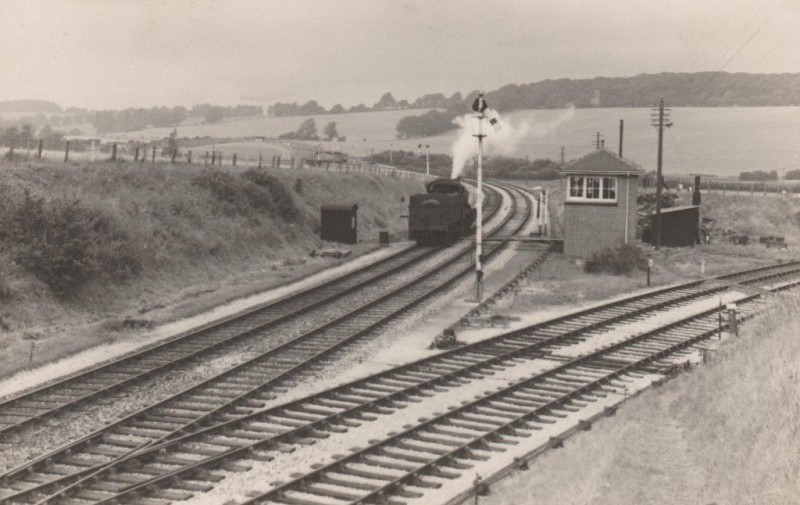
Grafton South Junction from south with 63xx 2-6-0 on 28-7-1956 by T.B. Sands
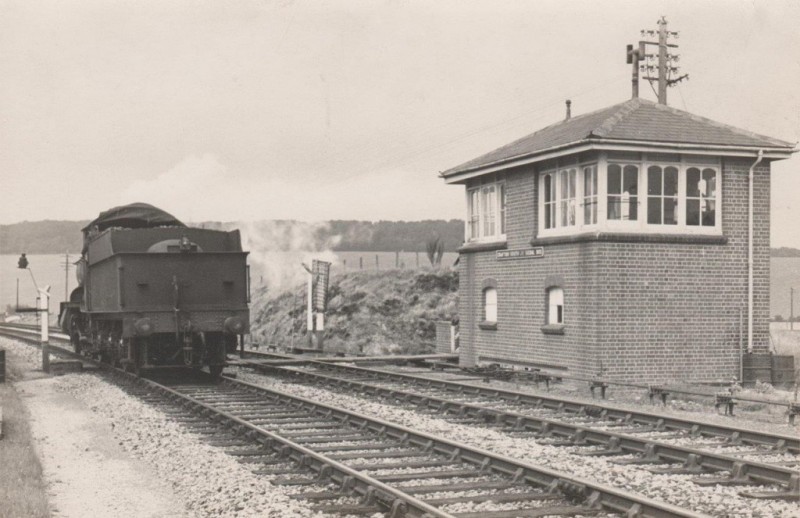
Grafton South Junction from the south 28-7-1956 by T.B. Sands
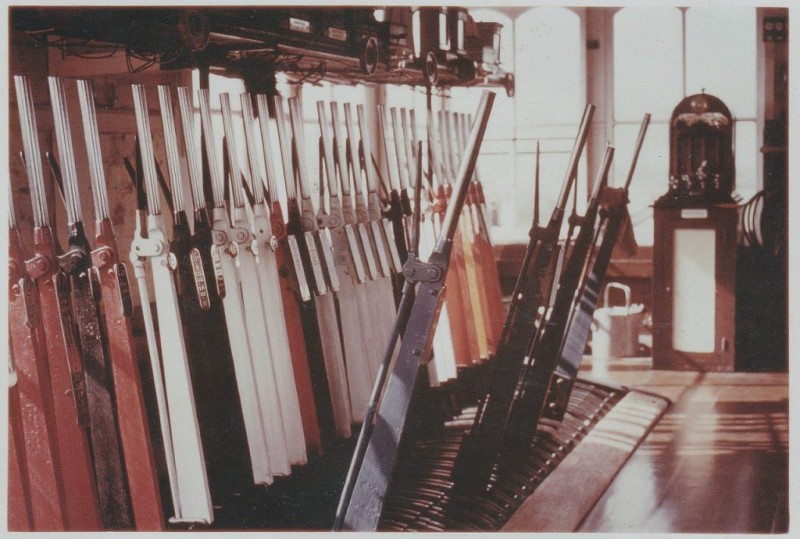
Grafton South Junction Signal Box interior about 1960
My first introduction to the MSW was almost my first exciting involvement with railways. It was in either 1960 or early 1961, and my parents employed a gardener. My father owned a long-bonnet Commer van for work, and one Sunday, Mr Kimber, the gardener, and his wife asked to borrow it to visit his brother. Somehow I ended up being included in the outing as the brother was a railway signalman in faraway Wiltshire and could be visited ‘on duty’, which was all quite possible in those days. Dorking to Grafton was a long journey then – the Commer was the version based on the Hillman Minx, and there were no back seats. But it was worth it! We arrived midmorning and made our way into South Junction Box from the over bridge. I only remember one train passing, a down passenger hauled by a 43xx (most likely) or a Manor, the guard throwing out a newspaper onto the board crossing which I ran down to collect. At that date it must have come from Wolfhall and Savernake Low Level. Anyhow the layout was quite unfamiliar to me then, though I remember we were shown where a rail had been removed, probably on the high level route, as a result of abandonment.
There were no trains in the afternoon and the box closed (was there a down service passing Grafton around noon on Sunday? I don’t have a timetable to hand), so after lunch we wandered around Grafton Station and inspected the permanent way, before setting out on the long haul back to Surrey.
I must have displayed a considerable degree of enthusiasm as the Bobby gave me a set of prints he had been given. Three turned out to be well-known Tom Sands black and whites of Grafton South and East Junctions used in his Railway Magazine article A Wiltshire Crossroads, but the fourth was an excellent colour print of the South Junction lever frame and instruments.


Grafton South Junction from the south 28-7-1956 by T.B. Sands

Grafton South Junction Signal Box interior about 1960
By 1966 I had finally succumbed to becoming a fully paid-up railway enthusiast, and persuaded my mother to visit an aunt in the Cotswolds – for ulterior motives of course! Somehow two boys and two bicycles were squeezed into the car (no bike racks then!) and my friend Tony Dixon and I pedalled off in search of the MSW.
I principally remember visiting Cirencester, where Watermoor was complete if derelict, and various enamel signs were levered off in the goods shed and Gents. At an equally trackless Town Station, the coal yard was still in use and the manager of the coal business showed us some items, including his copy of the lovely pre-1914 MSWJR Brochure for Salisbury Plain manoeuvres, with a cavalryman in colour on the front, and kindly gave me a MSW luggage label which I still have. Returning from this holiday in the car via Swindon Town, we found the track was still down (just) and the signal boxes standing, if derelict, and another enamel sign was acquired – the bridge number off the under bridge by the South Box. An obliging local workman appeared and produced a large screwdriver to assist! My long-suffering mother was also prevailed upon in the erstwhile Swindon Museum to buy us the horribly expensive (10/-) Vol. X of RCTS locos, which gave full details and history of all MSW engines.
Since then life has taken me further than Wiltshire, though I lived in the county for nearly 12 years. It was at this time (1989) that I revisited Grafton South Junction – from the bridge parapet the scene was unrecognisable, the cutting having been filled to bring it level with the road itself. However, peering over at the infill, I could see there was the most unlikely of MSWJR related items, Volume 1 of the David Bartholomew MSWJR series. It had not rained since the previous owner had accidentally pushed it over the edge and lost it, so it needed rescuing!
It was about this time I became aware one could actually buy interesting railway items in the growing auction scene, without hoping to just stumble across forgotten cast-offs. To this end I trekked up to Sheffield Railwayana Auction and bought ‘Grafton South Junction Signal Box’ for £460 in December 1989. It only just fitted in my car and I stopped at Weyhill on the way back to reunite it briefly with its old line.
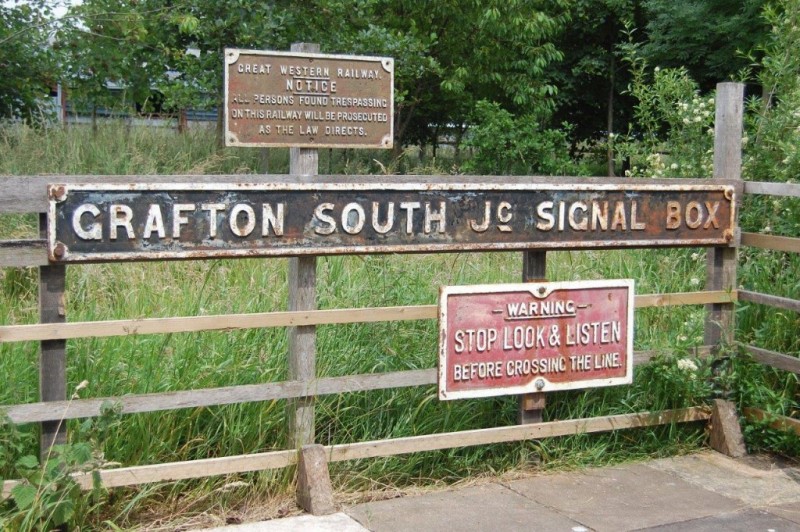
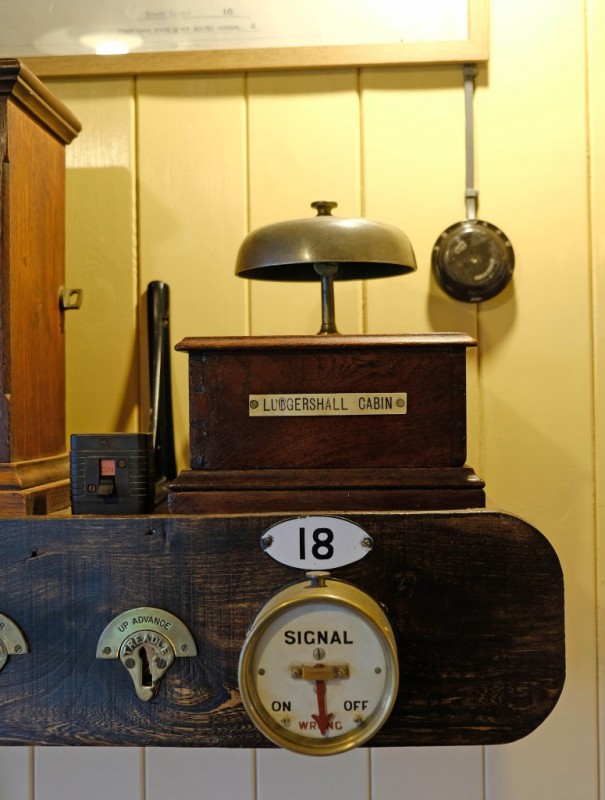
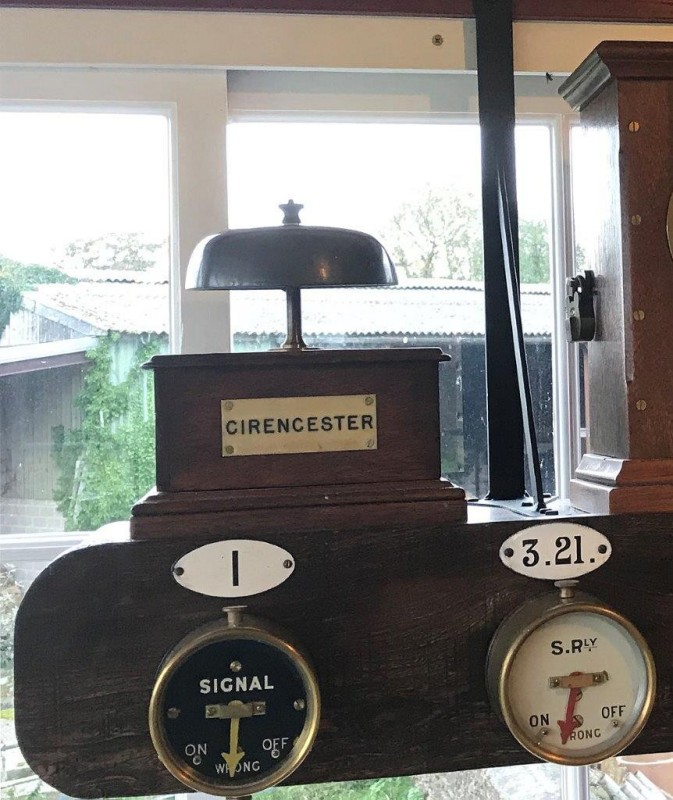
Cirencester block bell
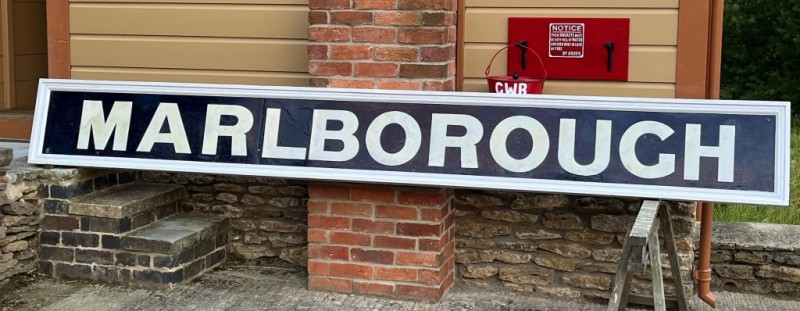
Richard Pelham,
Somerset,
February 2023